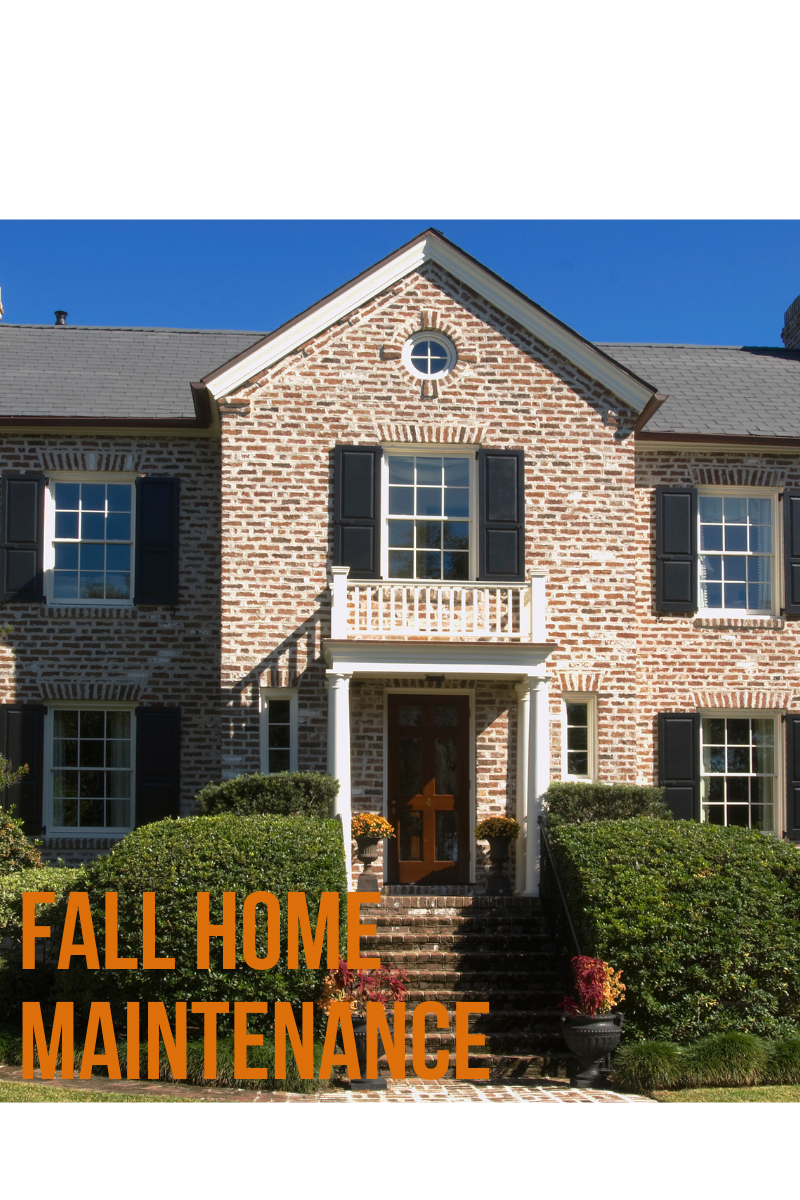 MENU
MENU
- 30 years of superior performance, craftsmanship & service

Fall is a great time to tackle various home maintenance projects to prepare your home for the winter season. Here are some essential fall home maintenance tasks you can consider:
Clean out any debris, leaves, or dirt from your gutters and downspouts to ensure proper drainage. This will prevent water from overflowing and potentially causing damage to your roof or foundation.
Check your roof for any signs of damage, loose or missing shingles, or leaks. Repair or replace damaged areas to prevent water from seeping in during winter.
If you have a chimney, schedule a professional inspection and cleaning to remove creosote buildup, which can be a fire hazard. Ensure that the chimney cap is in good condition to keep pests and debris out.
Have your heating system inspected and serviced by a professional. Replace air filters, clean vents, and consider getting a programmable thermostat to optimize energy usage during colder months.
Inspect doors and windows for any gaps or cracks. Apply weather-stripping or caulking to prevent drafts and increase energy efficiency.
Drain and shut off outdoor water faucets to prevent freezing and potential pipe damage. Disconnect and store garden hoses.
Rake and remove leaves from your lawn to allow it to breathe and prevent mold growth. Trim trees and bushes away from your house to minimize potential damage during storms.
Inspect your home’s exterior for any signs of peeling paint, cracks in the siding, or gaps around windows. Touch up paint and seal any openings to protect against moisture and cold air infiltration.
Ensure that your attic and walls are adequately insulated. Add insulation where needed to improve energy efficiency and maintain comfortable indoor temperatures.
Test smoke detectors and carbon monoxide detectors, replace batteries if necessary, and ensure they are functioning correctly.
Remember, these are general suggestions, and the specific maintenance tasks may vary depending on your home’s age, location, and unique requirements. It’s always a good idea to consult with professionals or refer to specific manufacturer guidelines for any equipment or systems in your home.